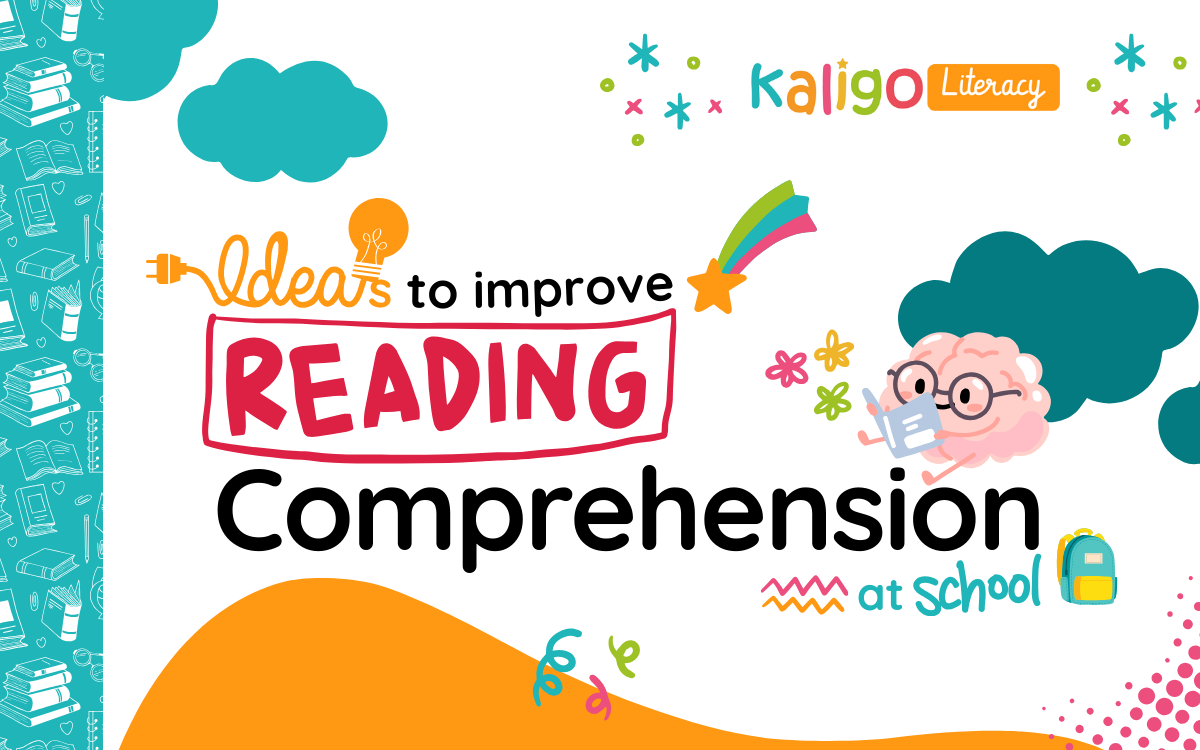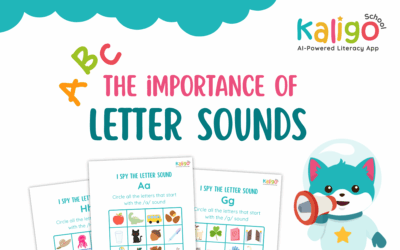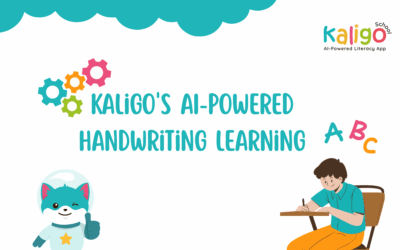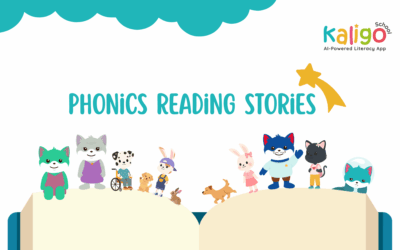Reading is at the heart of every child’s education. Reading comprehension allows children to make sense of what they read by processing the words and their meanings in order to draw conclusions. In this article, we’ll explore techniques to improve reading comprehension.
What is the difference between reading and reading comprehension?
Reading generally refers to the ability to recognise words and understand their meanings, while reading comprehension is one step further. It helps the reader in order to process the words in a sentence together as a text and integrate the information with what the reader already knows.
Reading comprehension goes beyond simply decoding words; it involves thinking about what has been read, remembering key details, and drawing connections to prior knowledge.
Good comprehension means a child can:
- Understand the meaning of the words and sentences
- Follow the structure and sequence of a story or text
- Make predictions about what might happen next
- Talk about and explain what they’ve read
- Ask and answer questions about the content
Reading comprehension is a vital part of becoming a strong reader, and it’s often developed through a mix of reading, discussion, and writing activities.
5 Ideas to Improve Reading Comprehension at School:
- Encourage students to be curious:
The more they know and learn about their environment, the more their vocabulary will grow, helping them to decode words more quickly. - Ask them to summarise:
During class discussions or while reading or listening to stories, encourage students to summarise key moments or identify main elements using richer vocabulary. This helps them understand how and where to use new words. - Use multisensory materials:
Ask students to look at, listen to, and touch different objects, then encourage them to describe their feelings in detail. - Create your own ending: invite children to write a new ending to a favourite story or create a new one. This activity strengthens creativity, grammar, and story comprehension.
- Use Kaligo:
Kaligo supports reading comprehension by combining phonics and spelling, offering phonics-based stories and videos. It provides over 100 exciting and adventurous stories featuring “Kalicat” (its adorable mascot), to help children improve their phonics and reading comprehension skills.
How to Improve Reading Comprehension with Kaligo?
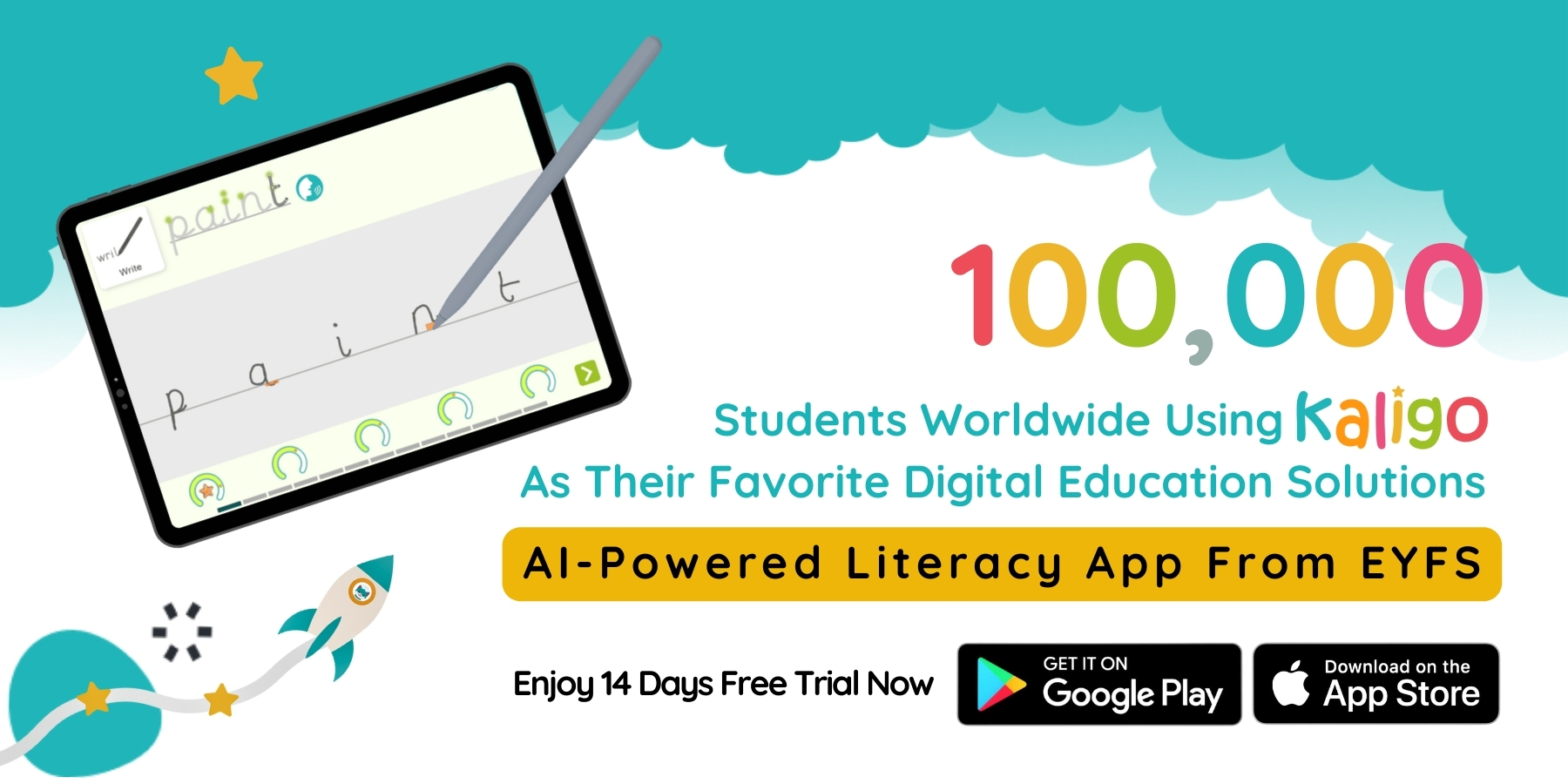
- With phonics activities:
Kaligo’s scaffolded phonics exercises help children recognise sounds and link them to letters, a critical first step in decoding and understanding words. This foundation allows children to read with greater accuracy and confidence. Kaligo’s phonics module follows the national curriculum, helping teachers to stay aligned with their government-approved teaching method while helping children as they prepare for milestones like the Year 1 Phonics Screening Check. - Practise handwriting:
By encouraging children to form letters, write words, and construct sentences, Kaligo builds the skills needed to express ideas and understand written text, both key components of reading comprehension.
By blending interactive phonics, writing practice, and engaging videos, Kaligo gives children the tools they need not just to read words, but to understand and connect with them. That is reading comprehension. When children write about stories, they retain vocabulary better, improve sentence structure, and develop deeper understanding.
Discover How Kaligo Can Make Reading and Writing a Real Adventure
Try Kaligo’s interactive activities that give children personalised support and instant feedback.
Click here to start your free trial whenever you’re ready!

